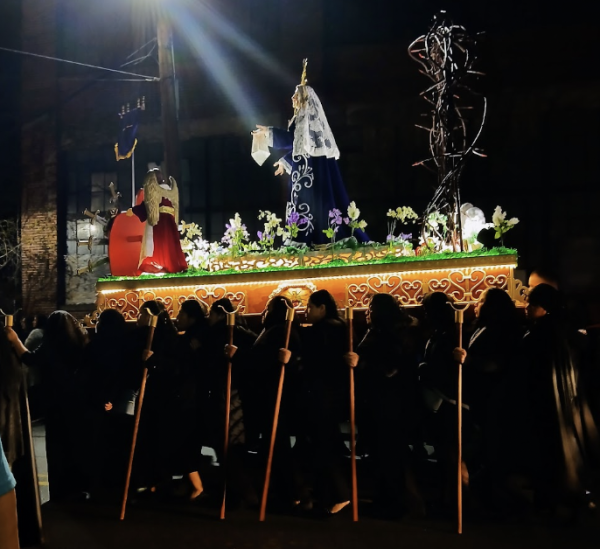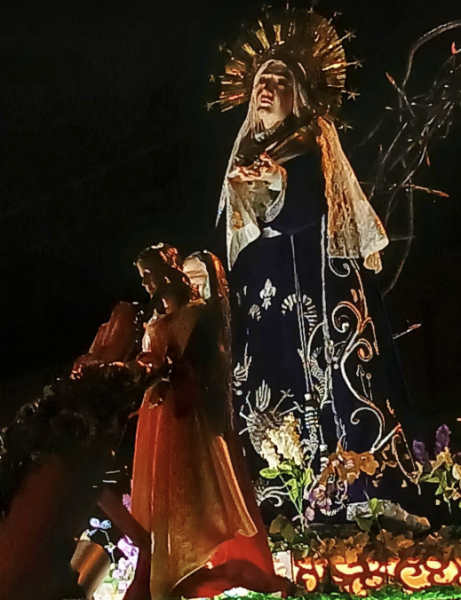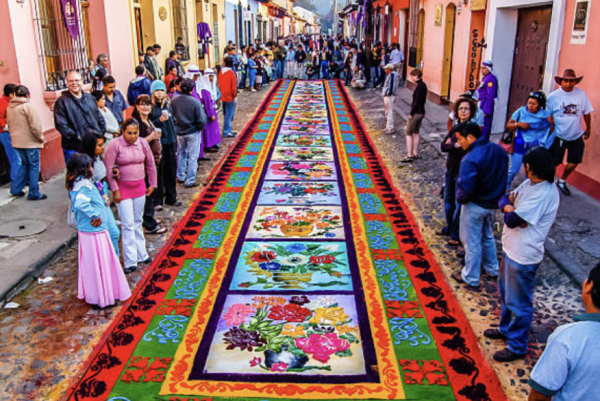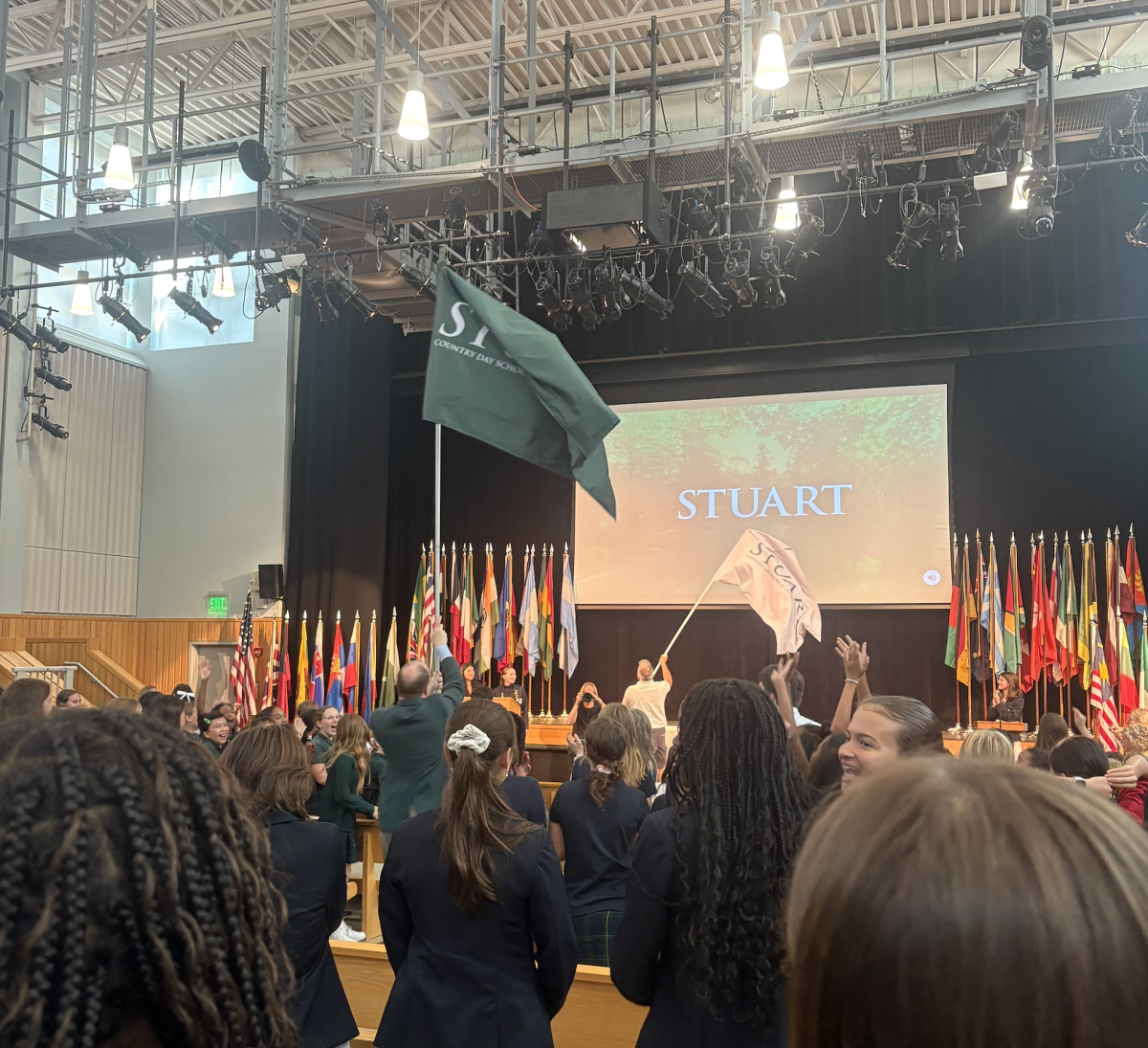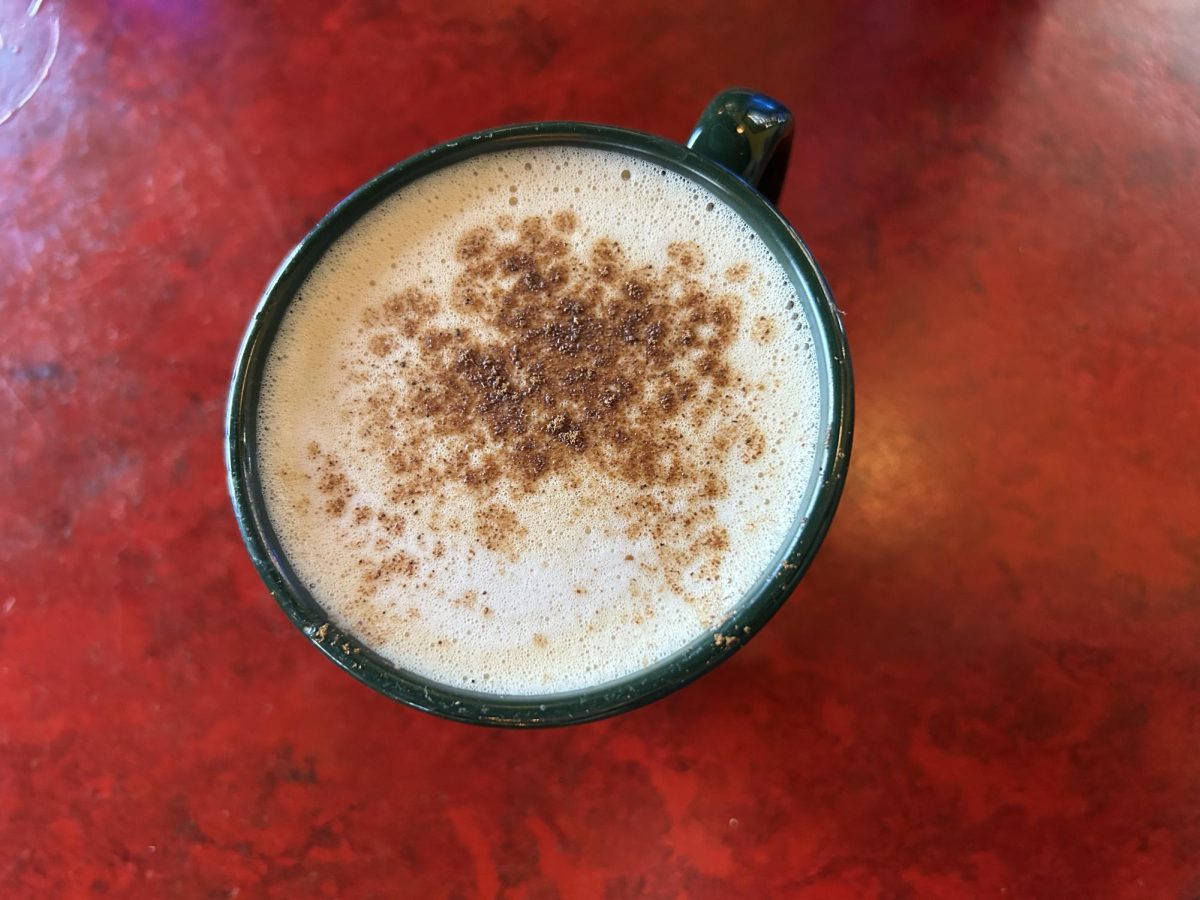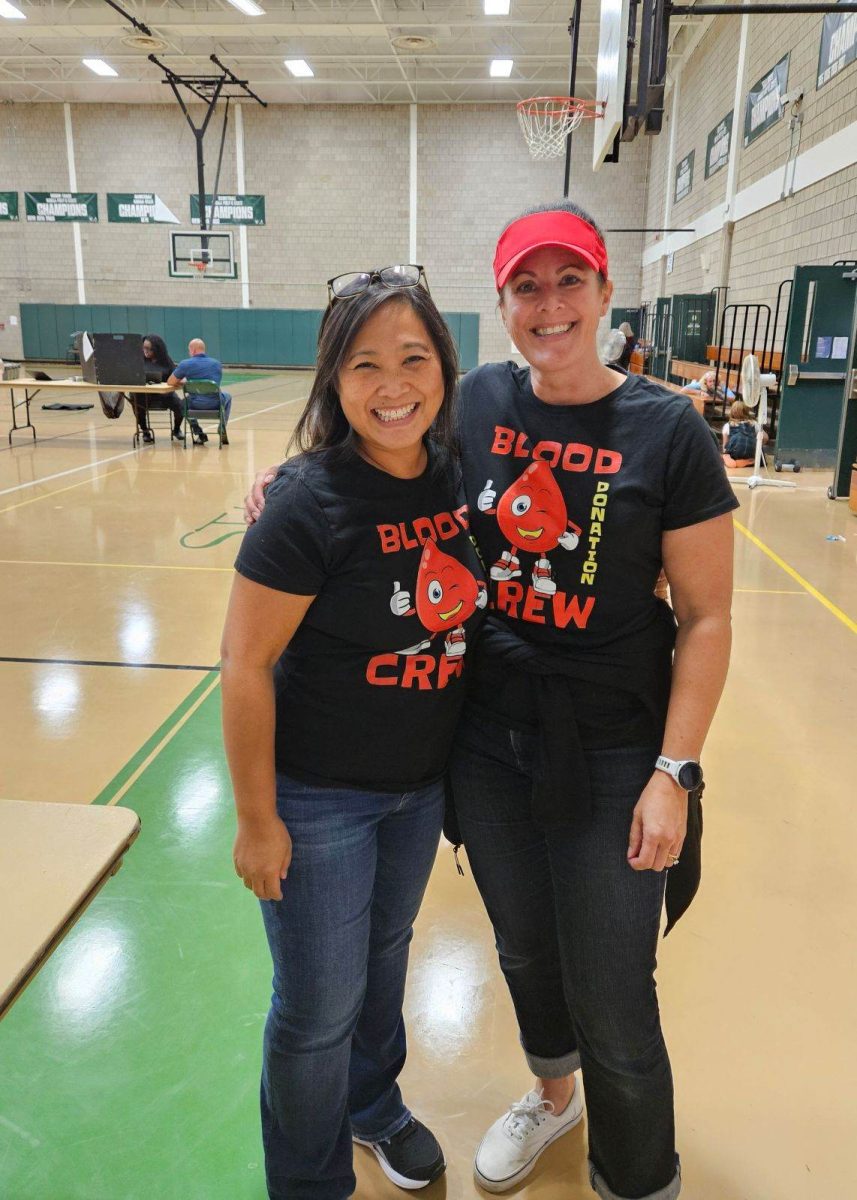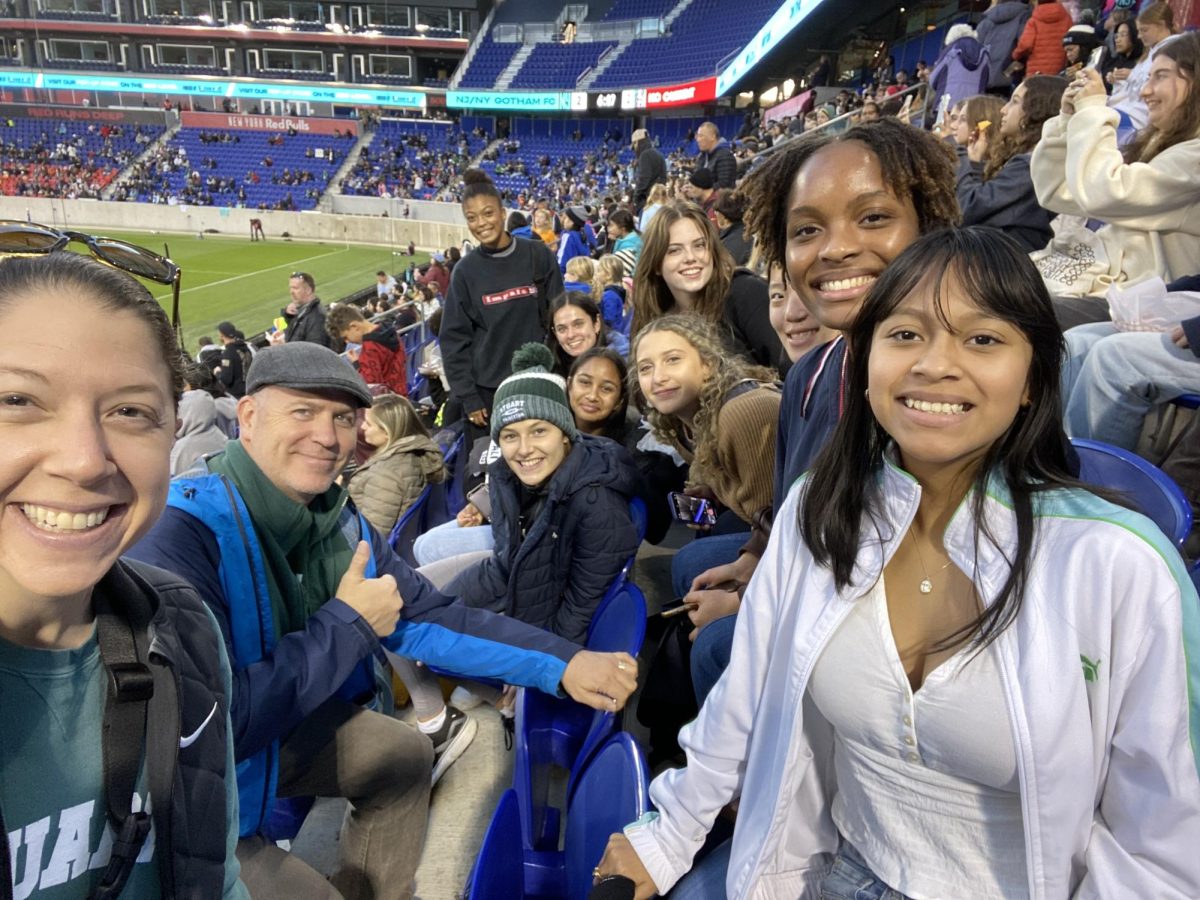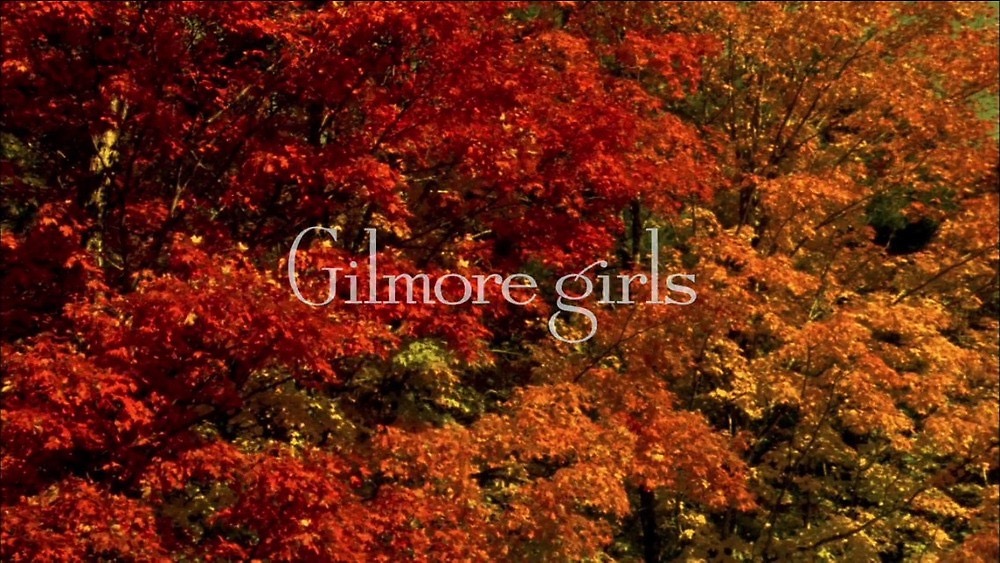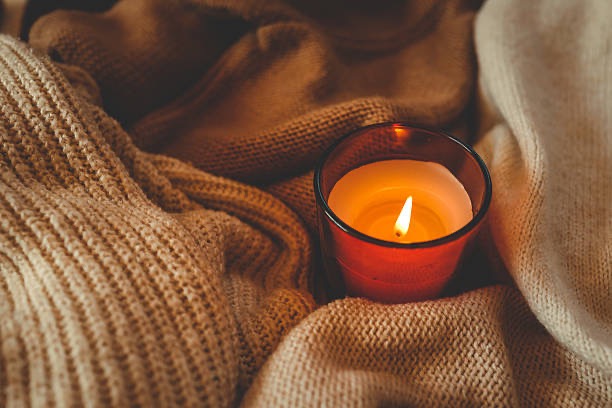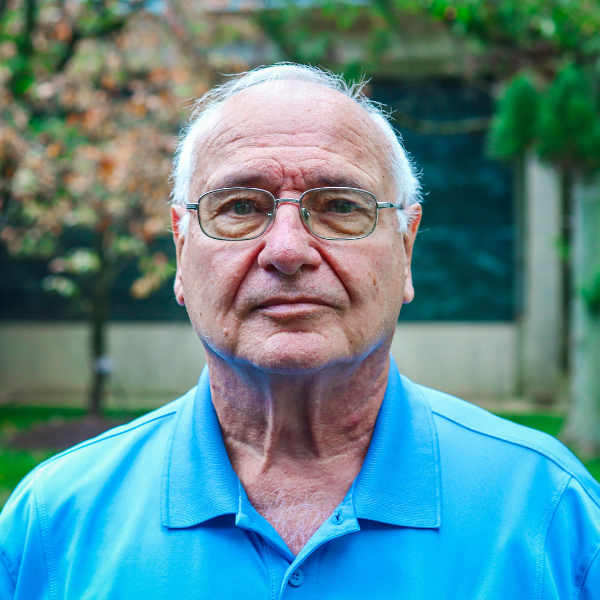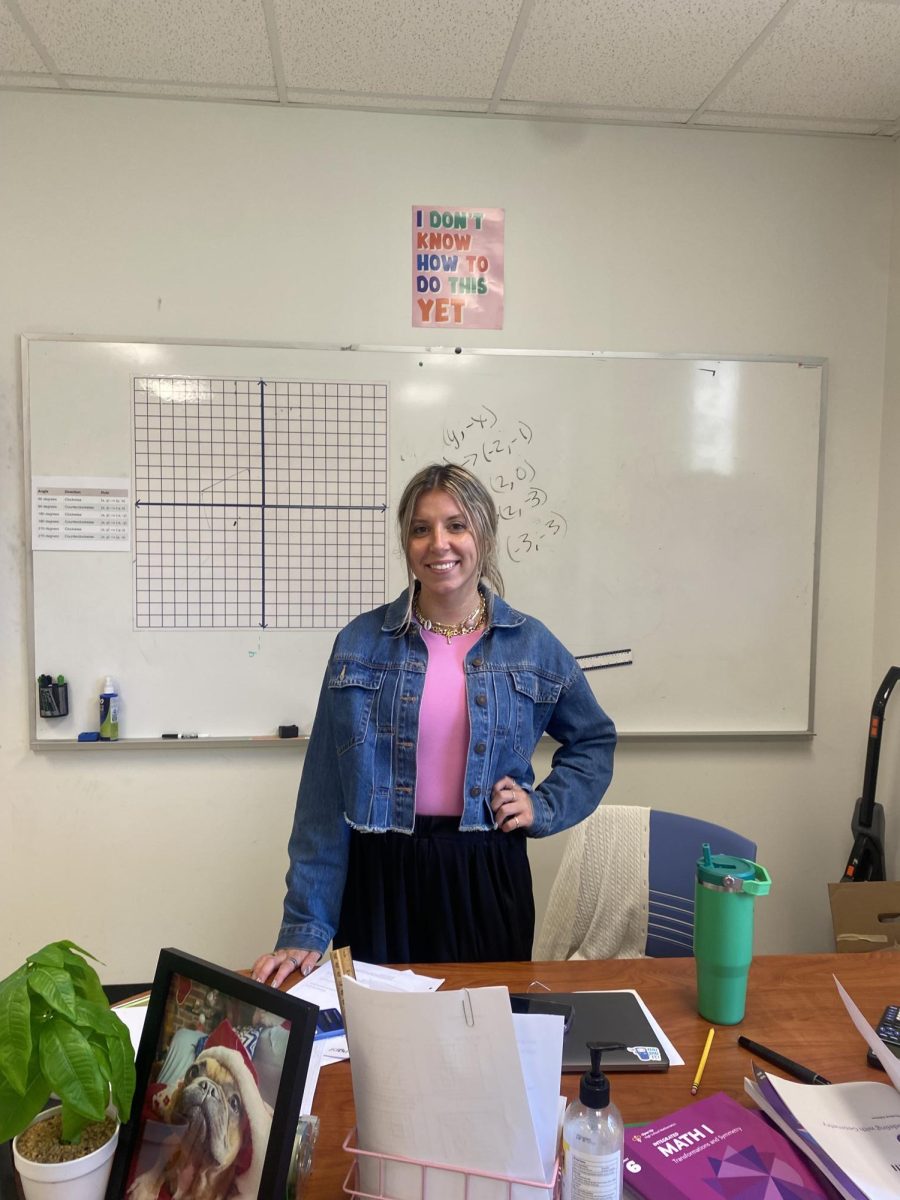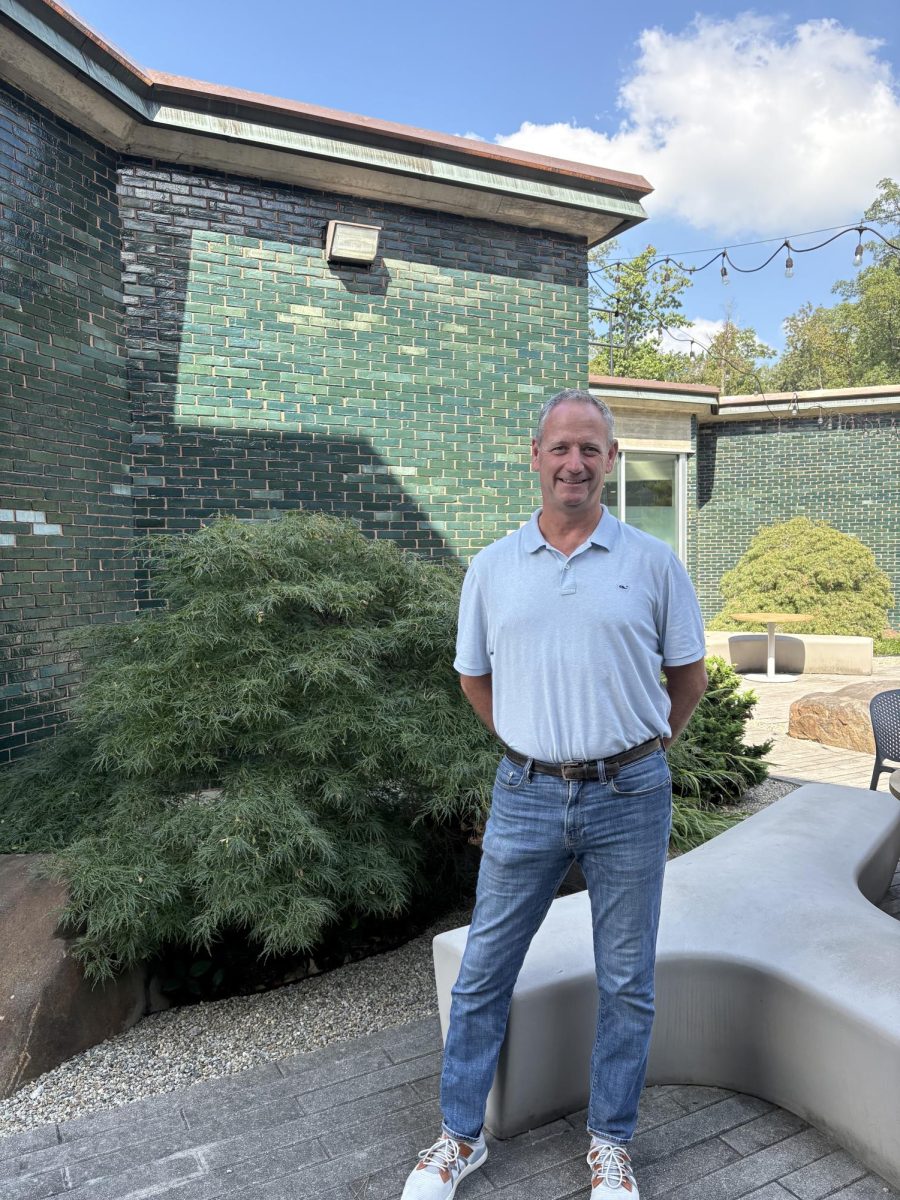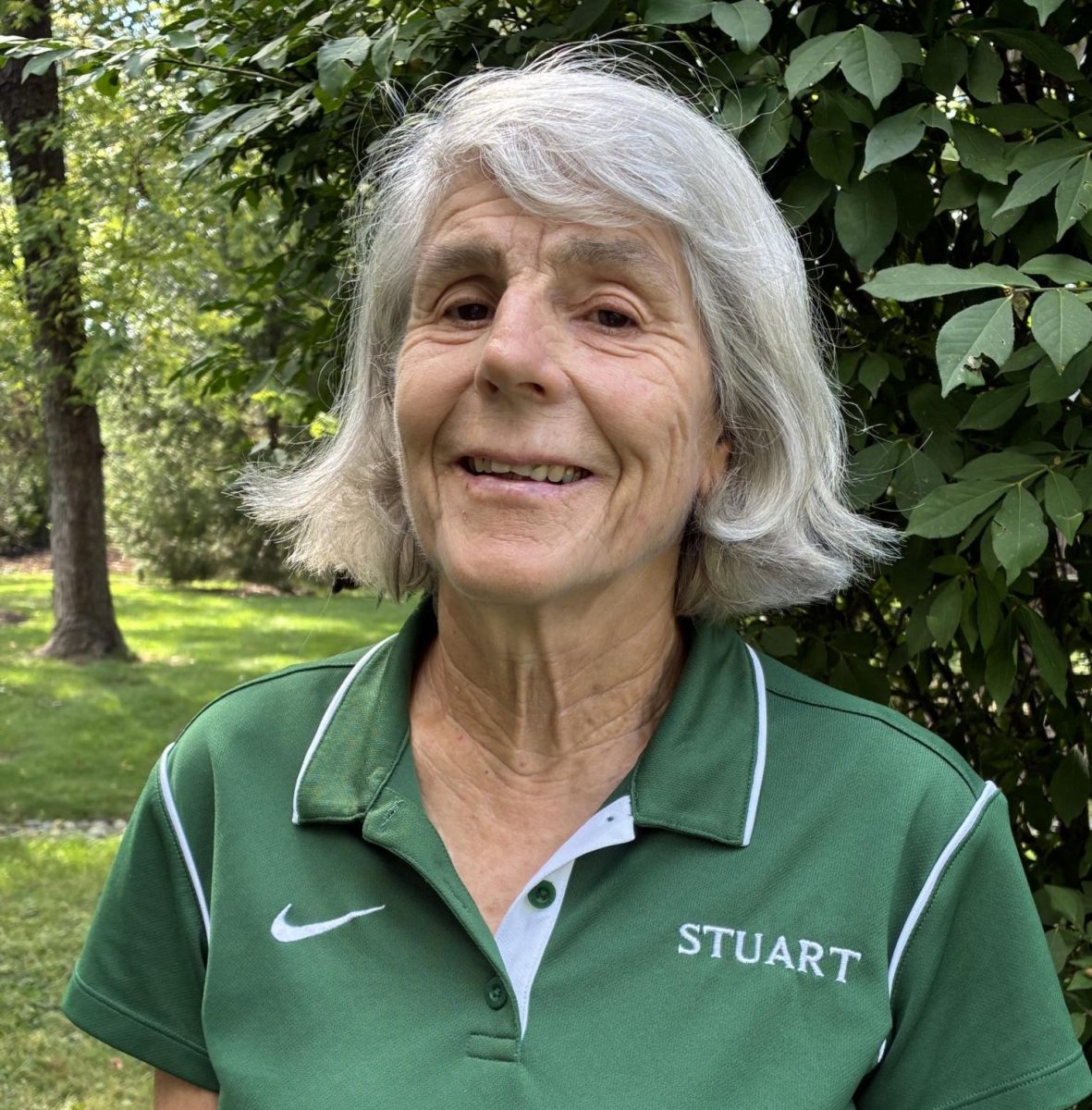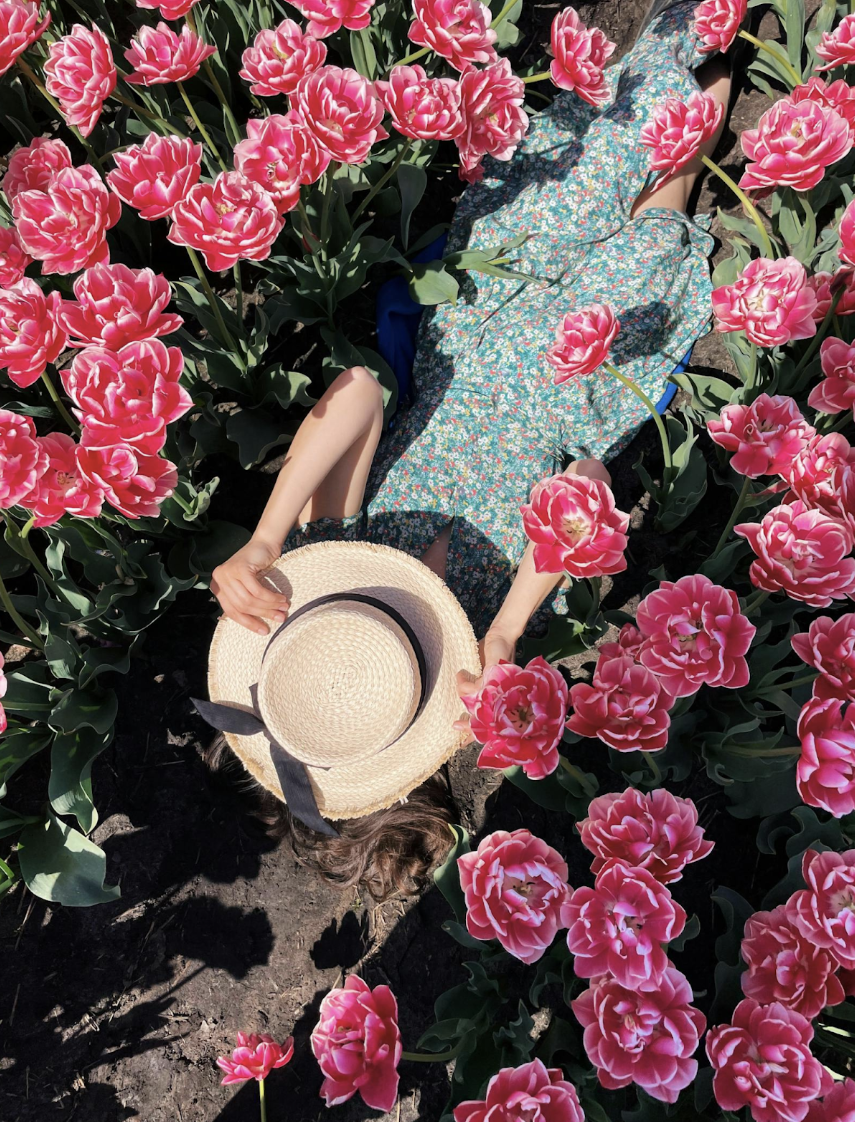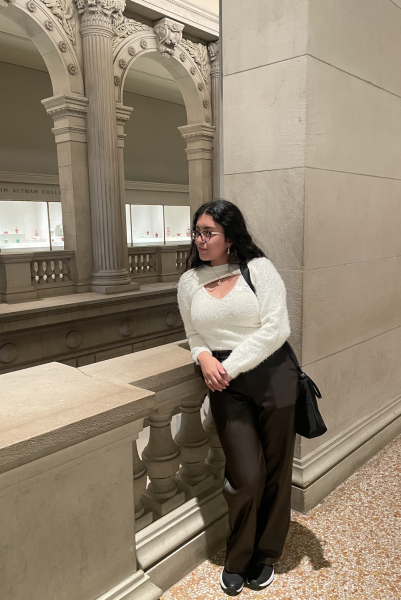As a Hispanic Catholic, I have grown up surrounded by a deep intertwining of faith and cultural tradition. Several weeks ago, the Catholic Church celebrated the much-awaited Holy Week, commemorating the Passion, Crucifixion, Death, and Resurrection of Jesus. Holy Week is one of the busiest weeks of the year for me, and the most painful for my feet.
I attend a Hispanic Catholic church, where a large percentage of the congregation is Guatemalan, just like my family. Naturally, many traditions from our home countries are brought with us to the U.S., including our religious devotions. In Guatemala and many other Hispanic countries, Semana Santa (Holy Week) is a vibrant public expression of faith. Though the tradition has Spanish roots, it has blended with Indigenous customs to create the Semana Santa I have come to adore.
During Holy Week, throughout Guatemala (especially in places like Antigua Guatemala), cobblestone streets transform into a stage for breathtaking religious processions—procesiones, as we call them. These processions, held throughout the week leading up to Easter Sunday, are deeply symbolic reenactments of Christ’s Passion, Crucifixion, and Resurrection.
At the heart of each procession are andas: massive wooden platforms carrying detailed sculptures of Jesus, the Virgin Mary, and other sacred figures. These andas are crafted weeks in advance, beautifully arranged, and then carried on the shoulders of cucuruchos (male carriers) and devotas (female carriers). Traditionally, men carry the andas of Jesus, while women carry the andas of the Virgin Mary. Bearing the weight of the andas is seen as an act of penance and faith. The andas my church uses are a pretty moderate size, but in places such as Antigua Guatemala, the andas are massive, carried by many.
Massive crowds gather to walk alongside the procession. The walking is my favorite part, but it is also exhausting. In Guatemala, the journey from one church to another is not short, it takes hours to reach the final destination and return. Every day during Semana Santa, a different anda is brought out for a new procession, each one offering a fresh meditation on the events of Christ’s final days.
One of the most striking traditions of Semana Santa is the creation of alfombras, or carpets. These intricate works of art, made from dyed sawdust, fill the streets with vibrant colors, religious imagery, and sacred patterns. Preparing the sawdust and crafting the carpet takes hours of dedication and patience. I once had to get up at 2 am and spent seven hours making a simple alfombra! These carpets are laid out on the streets only to be destroyed as the andas and the faithful pass over them, symbolizing sacrifice and the fleeting nature of life. Entire families and neighborhoods come together to create these alfombras, transforming the streets into sacred art galleries.
As the procession moves forward, the experience is elevated by solemn live music. In Guatemala, large bands accompany the procession, playing songs that truly capture the gravity of the moment. On Holy Thursday, a procession is held for the exposition of the Blessed Sacrament. On Good Friday, the grandest procession of all takes place: the Procession of the Passion of Christ. On this night, the andas portray Jesus crucified or dead, alongside La Virgen Dolorosa (Our Lady of Sorrows). Participants dress in black as a sign of mourning, and the processions take place under the night sky, lit only by the glowing andas. The music played on Good Friday is emotionally heavy. The most iconic piece is La Marcha Fúnebre (the Funeral March), an instrumental masterpiece woven from trumpets, drums, flutes (including traditional flutes/wind instruments), and somber percussion that captures the sorrow of Christ’s suffering.
Because many families cannot return to their home countries for Holy Week, the Guatemalan community at my church brought these traditions to our parish. We process from one church to another, taking the longest route possible, walking deep into the night. Our event typically begins at 7 PM and ends around midnight or 1 AM. Though my feet ache terribly by the end, it is truly a sight to behold: hundreds of people walking together in prayer, braving the weather, and carrying our faith with devotion and reverence.
Semana Santa reminds us that faith is not just a belief; it is something we live, walk, and carry. It has taught me that faith is a journey that we take alongside God.
